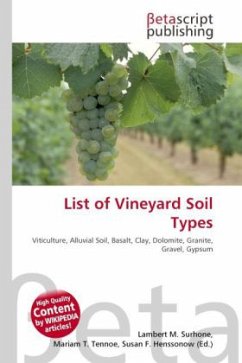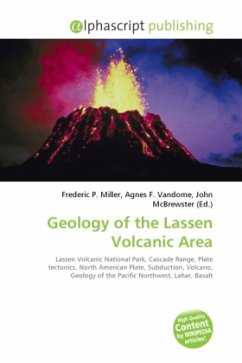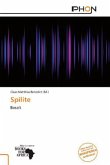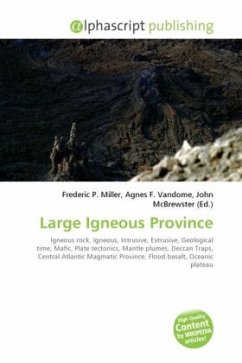High Quality Content by WIKIPEDIA articles! High Quality Content by WIKIPEDIA articles! In both the FAO and USA soil taxonomy, a vertisol is a soil in which there is a high content of expansive clay known as montmorillonite that forms deep cracks in drier seasons or years. Alternate shrinking and swelling causes self-mulching, where the soil material consistently mixes itself, causing vertisols to have an extremely deep A horizon and no B horizon. (A soil with no B horizon is called an A/C soil). This heaving of the underlying material to the surface often creates microrelief known as gilgai. Vertisols typically form from highly basic rocks such as basalt in climates that are seasonally humid or subject to erratic droughts and floods, or to impeded drainage. Depending on the parent material and the climate, they can range from grey or red to the more familiar deep black (known as black earths in Australia, and black cotton soils in East Africa).
Bitte wählen Sie Ihr Anliegen aus.
Rechnungen
Retourenschein anfordern
Bestellstatus
Storno








